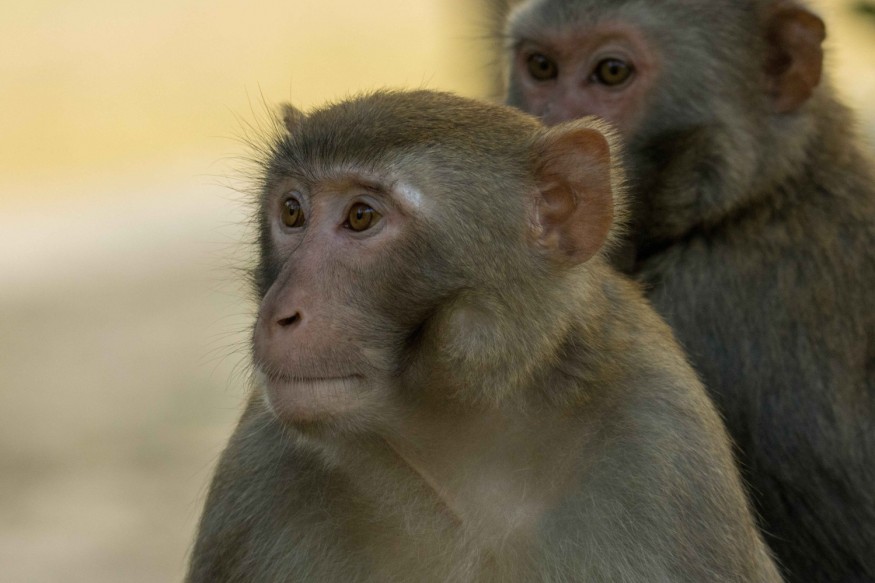
The macaque monkeys have interesting traits regarding interacting with the same and opposite sex. Recent research into their behavior found that male macaques were likelier to mount with other males than females.
Same-Sex Mounting
According to News Week, recent research found that male macaques were more likely to engage in same-sex mounting than females. Out of 236 rhesus macaques, they found that 72% of males were likelier to mount other males instead of females.
The study found that only 46% of these male macaques attempted to mount females. The study was published in the Nature Ecology and Evolution journal, which described the activities of male macaques toward each other.
Vincent Savolainen, co-author of the paper, described how they found 72% of males and how they mounted the same sex. He then explained how most of the monkeys in the study were bisexual.
News Week reports that Savolainen is also the director of Georgina Mace Center for the Living Planet at London's Imperial College.
Macaque Monkey Study
They described the activity of 236 males within a 1,700 colony of rhesus macaques. They observed a 1,700-monkey colony on Puerto Rico's Cayo Santiago island and considered all recorded sexual mounting attempts.
Their findings reveal that male macaques that mounted each other also displayed additional traits. This included being likelier to back each other up during conflicts.
The study then determined the correlation between same-sex behavior (SSB) in macaques and "coalitionary bonds." Savolainen also described how rare this occurrence was, saying the behavior was more common specifically in rhesus macaques than in other species.
Savolainen then contrasted the rhesus macaques with the Japanese macaques, wherein the latter showed that SSB was more common in females than males. The report highlighted how there was a wide range of different species that commonly engaged in SSB.
SSB in Animals
News Week also listed other animals that were found to engage in SSB, including albatrosses to dolphins and bison to walruses. Another animal that showed strong SSB was the giraffe, with another study showing its likelihood of mounting between males.
Pennsylvania State University has a report that says, according to Joe Morgan, giraffes were most likely to engage in mounting incidents between two males. The report notes how gay tendencies in these animals accounted for 94% of their species' sexual tendencies, despite females being around.
The authors also discovered that SSB was being passed generationally, as it had a 6.4% heritable chance. This meant that the behavior was a product of evolution and not just random.
Savolainen said SSB is mostly found in vertebrates, but they could access data on pedigree back to the 1950s. This meant that this trait was heritable and SSB in monkeys had a genetic basis.
The study discovered SSB genetic evidence for the first time in non-human primates.
RELATED ARTICLE : 200,000-Year-Old Woodpecker Fossil Unearthed in Argentina During Excavation, Could Fill Gaps in Evolutionary Record
Check out more news and information on Animals in Science Times.









